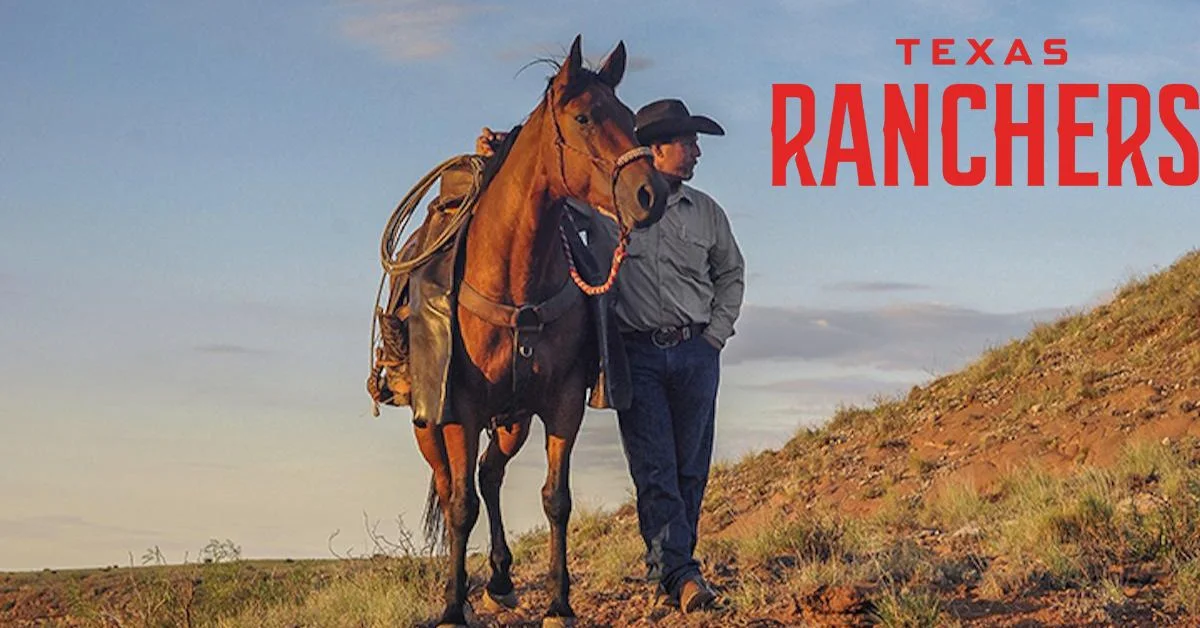Struggling Against the Odds: The Plight of Texas Ranchers Facing Crippling Losses
In the vast expanses of Texas, where the horizon stretches endlessly, lies the soul of American ranching. It’s a landscape painted with the iconic imagery of cowboys astride their horses, herding cattle across the open plains. Yet, beyond this romanticized facade, a harsh reality unfolds. Texas ranchers, the stewards of this rugged terrain, find themselves engulfed in a profound crisis—one that threatens not only their livelihoods but the very essence of their cherished way of life.
For generations, Texas ranchers have epitomized the spirit of resilience and self-reliance that defines the American West. They have weathered droughts, floods, and economic fluctuations, drawing strength from the land and the traditions passed down through the ages. Yet, today, they face a challenge of unprecedented magnitude—a convergence of factors that conspire to undermine the very foundations of their existence
The Silent Crisis Unfolding
Amidst the beauty of the Texan landscape, a silent crisis is unfolding, unseen by many but keenly felt by those who call this land home. Texas ranchers, revered as custodians of the land and guardians of tradition, now find themselves ensnared in a struggle against forces beyond their control. The convergence of environmental, economic, and regulatory challenges has cast a shadow over their once-thriving enterprises, threatening the very fabric of their way of life.
For generations, Texas ranchers have stood as stalwart guardians of the vast expanse of land that stretches beneath the boundless sky. They have nurtured the soil, tended to their herds, and passed down the wisdom of the land from one generation to the next. Yet, today, their stewardship faces an unprecedented test—a test that many fear they may not overcome
Weathering the Storms of Climate Change: Texas Ranchers in the Crosshairs
Climate change, with its erratic weather patterns and extreme events, has emerged as a formidable adversary to the resilience of Texas ranchers. Across the Lone Star State, the impact of climate variability is keenly felt, with prolonged droughts parching the earth and devastating floods washing away livelihoods. As the environment grows increasingly hostile with each passing season, the resilience of ranchers is put to the test as they adapt to the changing landscape.
For Texas ranchers, climate change is not an abstract concept but a harsh reality that unfolds before their eyes. The once-predictable rhythms of the seasons have been upended, leaving ranchers to contend with a new normal characterized by unpredictability and uncertainty. Prolonged droughts, once rare occurrences, have become all too familiar, transforming lush pastures into arid wastelands and leaving cattle struggling to find sustenance amid the parched earth.
Economic Pressures and Market Volatility: The Struggle of Texas Ranchers
Beyond the unpredictable whims of nature, Texas ranchers find themselves grappling with the harsh realities of economic uncertainty. Fluctuating commodity prices, rising operational costs, and the profound impact of the COVID-19 pandemic have converged to create a perfect storm of financial hardship. For many ranchers, the cherished dream of passing down a thriving family business to the next generation is in jeopardy as they struggle to stay afloat in turbulent economic waters.
Fluctuating commodity prices have long been a hallmark of the agricultural industry, but for Texas ranchers, the volatility of markets has taken on a new level of unpredictability. Whether it’s the price of beef, grain, or other agricultural commodities, the rollercoaster ride of market fluctuations can wreak havoc on ranchers’ bottom lines. One day, prices soar to dizzying heights, offering hope and promise for a profitable season; the next, they plummet to dismal lows, leaving ranchers reeling from the sudden reversal of fortune
Navigating Regulatory Challenges: Texas Ranchers in a Complex Landscape
In addition to weathering the unpredictable forces of nature and grappling with the volatility of economic markets, Texas ranchers find themselves entangled in a labyrinth of regulatory challenges that pose a significant threat to their livelihoods. Environmental regulations, though well-intentioned, often impose burdensome requirements on small-scale producers, exacerbating an already precarious situation. Navigating this complex web of rules and regulations demands both time and resources, further straining budgets already stretched thin by the demands of ranching life.
At the heart of the regulatory landscape facing Texas ranchers lies a patchwork of environmental regulations designed to safeguard the delicate balance of ecosystems and protect natural resources. While these regulations serve a vital purpose in preserving the integrity of the environment, they can also pose significant challenges for ranchers, particularly those operating on a smaller scale. Compliance with environmental regulations often requires costly investments in infrastructure and technology, from water management systems to erosion control measures, placing an undue financial burden on ranchers already struggling to make ends meet
Impact on Livelihoods
The losses incurred by Texas ranchers extend far beyond the balance sheet. For many, ranching is not simply a profession but a way of life—a legacy passed down through generations. The threat of financial ruin looms large, casting a shadow over the future of rural communities and the cultural heritage they represent.
- Community Resilience: In the face of adversity, Texas ranchers have demonstrated remarkable resilience and a sense of community spirit. Neighbours helping neighbours, they stand united in their determination to overcome the challenges that confront them. Through shared resources, knowledge exchange, and mutual support, they weather the storms together, drawing strength from their collective resolve.
- Innovative Solutions: Faced with seemingly insurmountable odds, Texas ranchers are embracing innovation as a means of survival. From implementing sustainable grazing practices to diversifying revenue streams through agritourism and value-added products, they are charting a path forward in an ever-changing landscape.
Conclusion
The plight of Texas ranchers facing crippling losses underscores the resilience and determination of those who call this rugged landscape home. As they confront the myriad challenges that threaten their way of life, they stand as a testament to the enduring spirit of the American West—a spirit that refuses to be broken by adversity
FAQs:
What specific environmental challenges are Texas ranchers facing?
Texas ranchers contend with a range of environmental challenges, including prolonged droughts, erratic rainfall patterns, and extreme weather events such as hurricanes and wildfires. These factors contribute to the degradation of pastureland, depletion of water sources, and increased risk of livestock losses.
How has the COVID-19 pandemic affected Texas ranchers?
A: The COVID-19 pandemic has had a significant impact on Texas ranchers, disrupting supply chains, reducing consumer demand, and leading to plummeting prices for livestock and agricultural products. With restaurants and export markets closed or operating at reduced capacity, many ranchers have struggled to find markets for their goods, exacerbating financial pressures.
What steps are Texas ranchers taking to adapt to these challenges?
Texas ranchers are adopting a variety of strategies to adapt to the challenges they face, including implementing sustainable land management practices, diversifying their revenue streams, and exploring new markets for their products. Additionally, many are advocating for policy reforms to address regulatory barriers and provide support for small-scale producers.







